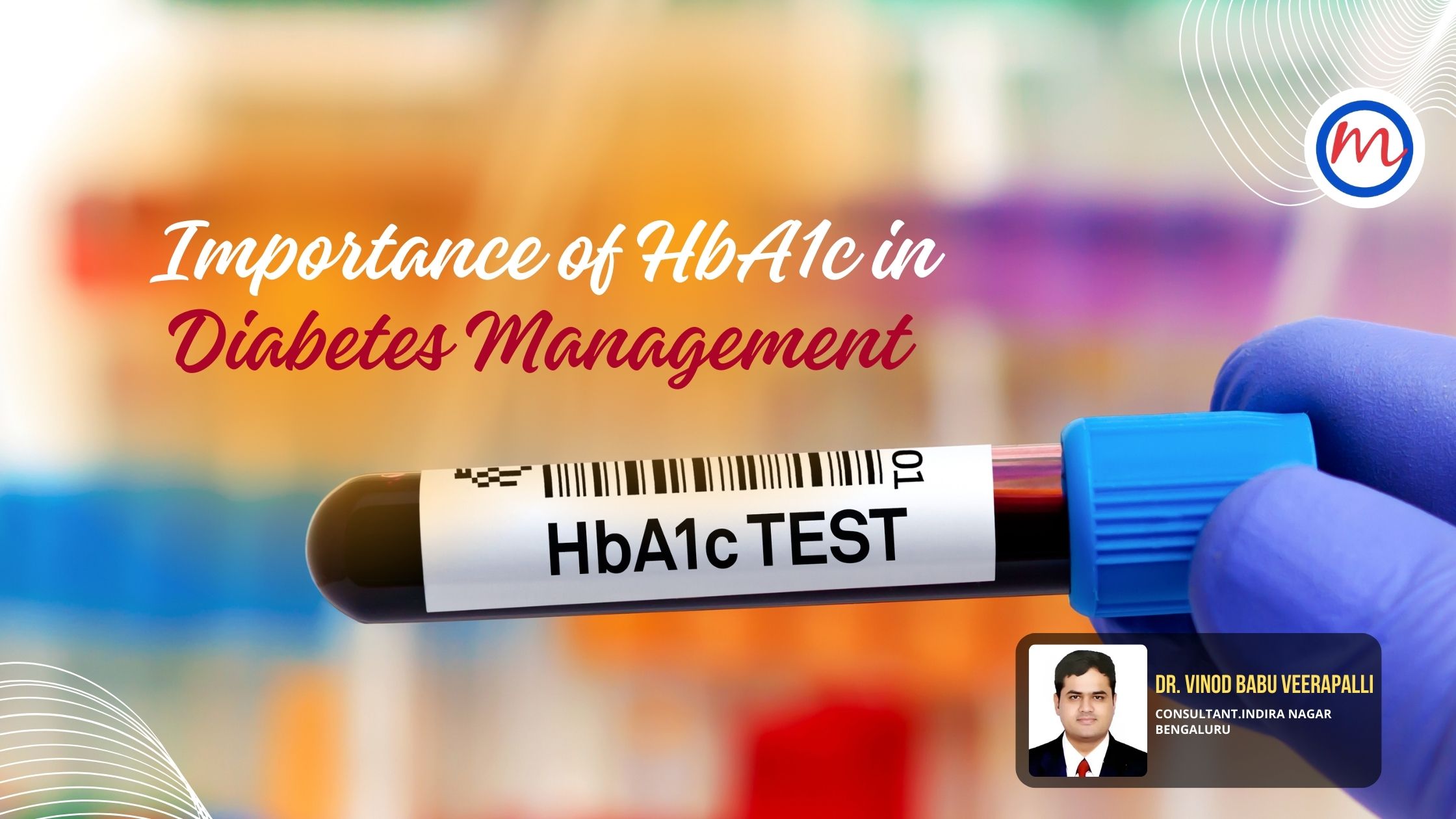Understanding the Importance of Hba1c in Diabetes Management
For anyone living with diabetes or supporting someone who is, understanding the Hba1c test is crucial. Hba1c, or glycated haemoglobin, is more than just a number—it’s a powerful tool for managing diabetes and preventing complications. It provides a long-term view of blood sugar control, offering insights that daily glucose checks simply can’t.
What Is Hba1c?
Haemoglobin is a protein in red blood cells that carries oxygen throughout the body. When blood sugar levels are high, glucose attaches to haemoglobin, forming glycated haemoglobin (Hba1c). The more glucose in the blood, the more Hba1c is formed. Because red blood cells live for about three months, the Hba1c test reflects average blood glucose levels over that period. This makes it a reliable indicator of how well blood sugar has been managed over time.
Why Is It Important?
Unlike daily finger-prick tests, which show blood glucose at a single point in time, Hba1c gives a broader picture. It’s an essential part of diabetes care because it helps patients and healthcare providers:
- Track long-term glucose control: Hba1c levels help gauge how well a diabetes management plan is working.
- Adjust treatment plans: If levels are too high, it might be time to change medications, diet, or exercise routines.
- Reduce the risk of complications: High Hba1c levels over time are linked to serious health issues like nerve damage, kidney disease, and vision loss. Keeping it in check lowers those risks.
- Set realistic goals: Most healthcare providers recommend keeping Hba1c below 7% for many adults with diabetes, though targets can vary depending on individual factors.
Interpreting HbA1c Results
Here’s a quick guide to what Hba1c levels typically indicate:
- Below 5.7%: Normal (non-diabetic range)
- 5.7% to 6.4%: Prediabetes
- 6.5% or higher: Diabetes
- 7% or below: A Common goal for many diabetics
It’s important to note that individual targets may differ, especially for older adults or those with other health conditions.
Frequency of Testing
For most people with diabetes, the Hba1c test is recommended at least three times a year. If your treatment changes or you’re not meeting your goals, it’s better to consult your doctor every three months and reach your target.
Final Thoughts
Monitoring Hba1c is one of the cornerstones of effective diabetes management. It empowers individuals with diabetes to take charge of their health and make informed decisions. Combined with daily glucose monitoring and a well-rounded care plan, understanding and maintaining a healthy Hba1c level can dramatically improve quality of life and reduce the risk of complications.
In short, Hba1c isn’t just a lab result—it’s a window into the past, a guide for the present, and a protector of your future. Staying informed and proactive about it can make all the difference in managing diabetes successfully.

Leave a Reply